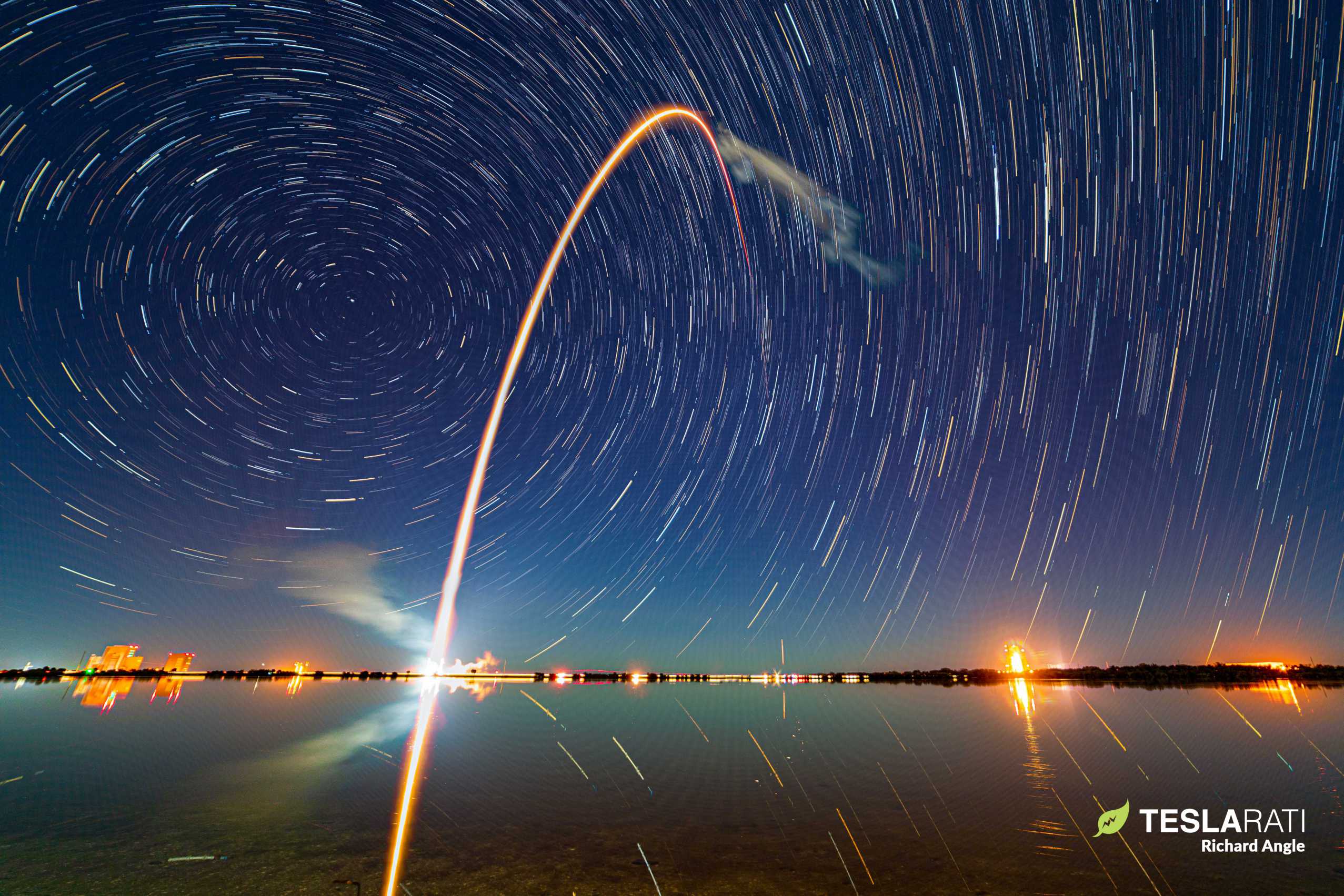
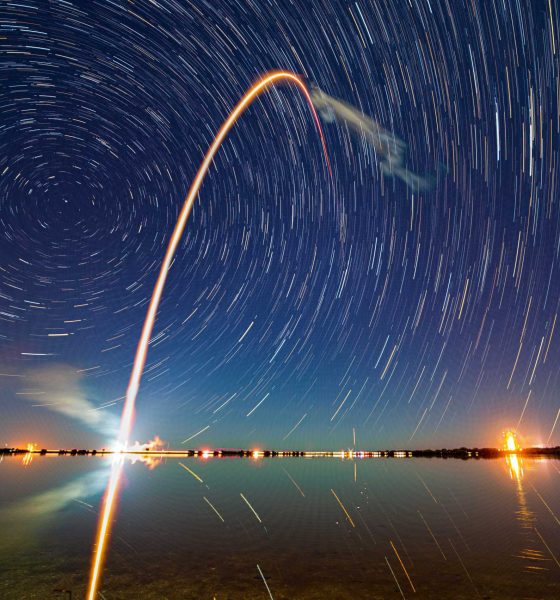
News
SpaceX Starlink antennas spied at Starship factory for the first time ever
SpaceX’s mysterious Starlink ‘user terminals’ have been spotted in public for the first time ever at the company’s South Texas Starship factory.
Offering a first-ever glimpse of the hardware that individual customers will use to connect to SpaceX’s growing satellite internet network, the lone photo provides a bit more detail than it might initially seem. Effectively invisible up to now, the user terminal – a small antenna system – has been described by both SpaceX CEO Elon Musk and COO/President Gwynne Shotwell as a the single biggest challenge standing in the way of Starlink’s success.
For SpaceX, building a mass-market consumer electronics product more or less in-house was already guaranteed to be a major (and expensive) challenge. The complex requirements and limitations facing an antenna meant for a low Earth orbit (LEO) satellite internet constellation thus magnify a task that is already hard and turn it into a truly unprecedented feat of mass production. Regardless, SpaceX continues to persevere and the first public appearance of user terminals – as well as the consistent company position that service could begin rolling out just a few months from now – are encouraging signs.
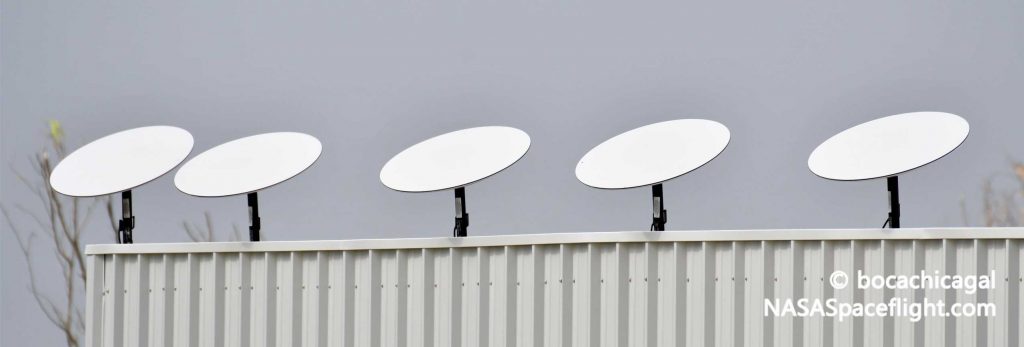
The single biggest reason the user terminal component of Starlink is so daunting is relatively simple. Situated in low Earth orbit (LEO) to ensure that Starlink internet service offers latency (ping, response time, etc.) as good or better than fiber, the SpaceX satellites are moving quite rapidly, spending just a handful of minutes over any given spot on the Earth’s surface. Whereas existing satellite internet solutions are located in much higher orbits, including geostationary orbits where the spacecraft actually appear to hover above a fixed point on the ground, ground antennas for LEO internet constellations are much more challenging.
Instead of a literal dish tracking satellites as they streak across the sky, the only truly viable solution is an electronically-steered (phased array) antenna. The problem is that while phased array antennas have plummeted in price over the last five or so years, the going price for existing solutions puts them somewhere between one and two magnitudes too expensive mass-market consumer product. Even if customers loathe Comcast with all their hearts, the vast majority simply can’t rationalize spending thousands of dollars up front for comparable satellite service.
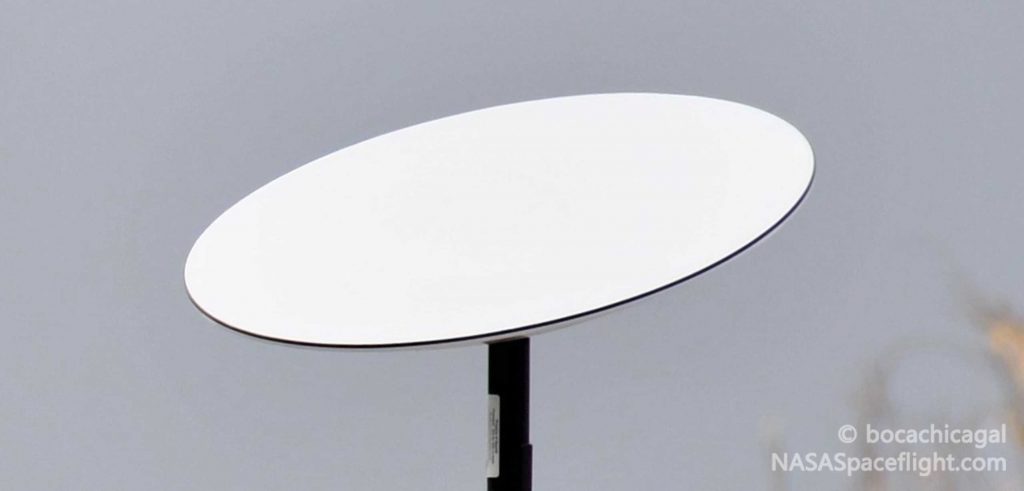
In other words, for Starlink to be viable regardless of the quality or affordability of the satellites themselves, SpaceX must somehow find a way to build millions of user terminals that are simultaneously far more capable than anything in their price range and as good or better than antennas that cost $5,000, $10,000, or even more. The challenge is amplified further by the fact that competing ground-based internet service providers (ISP) like Comcast incur nearly no material cost to add a customer to their network, while customers will typically already have the router and modem needed to gain access.
On top of being at least 5-10 times cheaper than comparable alternatives, Starlink user terminals must also be impressively reliable, bug-free, and easy to set up. Beyond that, though, the amount of room for improvement available to SpaceX is almost comical. Even mediocre customer service and vaguely transparent bills and pricing would likely paint Starlink in a favorable and highly preferable light when compared with the United States’ infamous ecosystem of monopolistic ISPs. Many consumers may happily spend several times more money than they’ve ever spent on internet-related technology just to gain access to Starlink and escape the yoke of their existing ISP.
According to Shotwell, SpaceX could begin rolling out Starlink internet to customers in the northern US and southern Canada once 14 batches – ~840 operational spacecraft – have been launched. SpaceX’s next Starlink v1.0 launch is scheduled as soon as June 23rd, meaning that an initial rollout could come as early as August or September.
Check out Teslarati’s Marketplace! We offer Tesla accessories, including for the Tesla Cybertruck and Tesla Model 3.

News
SpaceX shades airline for seeking contract with Amazon’s Starlink rival

SpaceX employees, including its CEO Elon Musk, shaded American Airlines on social media this past weekend due to the company’s reported talks with Amazon’s Starlink rival, Leo.
Starlink has been adopted by several airlines, including United Airlines, Qatar Airways, Hawaiian Airlines, WestJet, Air France, airBaltic, and others. It has gained notoriety as an extremely solid, dependable, and reliable option for airline travel, as traditional options frequently cause users to lose connection to the internet.
Many airlines have made the switch, while others continue to mull the options available to them. American Airlines is one of them.
A report from Bloomberg indicates the airline is thinking of going with a Starlink rival owned by Amazon, called Leo. It was previously referred to as Project Kuiper.
American CEO Robert Isom said (via Bloomberg):
“While there’s Starlink, there are other low-Earth-orbit satellite opportunities that we can look at. We’re making sure that American is going to have what our customers need.”
Isom also said American has been in touch with Amazon about installing Leo on its aircraft, but he would not reveal the status of any discussions with the company.
The report caught the attention of Michael Nicolls, the Vice President of Starlink Engineering at SpaceX, who said:
“Only fly on airlines with good connectivity… and only one source of good connectivity at the moment…”
CEO Elon Musk replied to Nicolls by stating that American Airlines risks losing “a lot of customers if their connectivity solution fails.”
American Airlines will lose a lot of customers if their connectivity solution fails
— Elon Musk (@elonmusk) December 14, 2025
There are over 8,000 Starlink satellites in orbit currently, offering internet coverage in over 150 countries and territories globally. SpaceX expands its array of satellites nearly every week with launches from California and Florida, aiming to offer internet access to everyone across the globe.
Currently, the company is focusing on expanding into new markets, such as Africa and Asia.
News
Tesla Model Y Standard stuns in new range test, besting its Premium siblings
Tesla’s newer vehicles have continued to meet or exceed their EPA estimates. This is a drastic change, as every 2018-2023 model year Tesla that Edmunds assessed did not meet its range estimates.
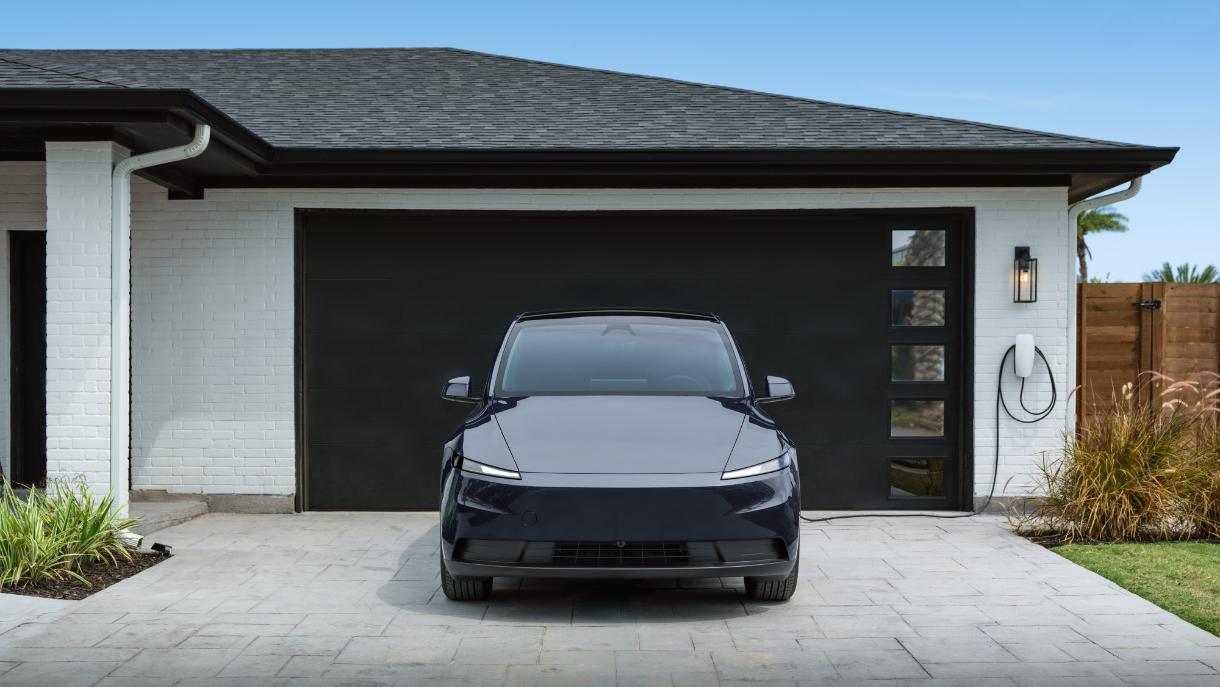
The Tesla Model Y Standard stunned in a new range test performed by automotive media outlet Edmunds, besting all of its Premium siblings that are more expensive and more luxurious in terms of features.
Testing showed the Model Y Standard exceeded its EPA-estimated range rating of 321 miles, as Edmunds said it is the “longest-range Model Y that we’ve ever put on our loop.” In the past, some vehicles have come up short in comparison with EPA ranges; for example, the Model Y’s previous generation vehicle had an EPA-estimated range of 330 miles, but only drove 310.
Additionally, the Launch Series Model Y, the first configuration to be built in the “Juniper” program, landed perfectly on the EPA’s range estimates at 327 miles.
It was also more efficient than Premium offerings, as it utilized just 22.8 kWh to go 100 miles. The Launch Series used 26.8 kWh to travel the same distance.
It is tested using Edmunds’ traditional EV range testing procedure, which follows a strict route of 60 percent city and 40 percent highway driving. The average speed throughout the trip is 40 MPH, and the car is required to stay within 5 MPH of all posted speed limits.
Each car is also put in its most efficient drive setting, and the climate is kept on auto at 72 degrees.
“All of this most accurately represents the real-world driving that owners do day to day,” the publication says.
With this procedure, testing is as consistent as it can get. Of course, there are other factors, like temperature and traffic density. However, one thing is important to note: Tesla’s newer vehicles have continued to meet or exceed their EPA estimates. This is a drastic change, as every 2018-2023 model year Tesla that Edmunds assessed did not meet its range estimates.
Tesla Model Y Standard vs. Tesla Model Y Premium
Tesla’s two Model Y levels both offer a great option for whichever fits your budget. However, when you sit in both cars, you will notice distinct differences between them.
The Premium definitely has a more luxurious feel, while the Standard is stripped of many of the more premium features, like Vegan Leather Interior, acoustic-lined glass, and a better sound system.
You can read our full review of the Model Y Standard below:
Tesla Model Y Standard Full Review: Is it worth the lower price?
News
Xpeng CEO: Tesla FSD 14.2 has developed “near-Level 4” performance
While acknowledging that imperfections remain, the Xpeng CEO said FSD’s current iteration significantly surpasses last year’s capabilities.

Xpeng CEO He Xiaopeng has offered fresh praise for Tesla’s Full Self-Driving (FSD) system after revisiting Silicon Valley more than a year after his first hands-on experience.
Following extended test drives of Tesla vehicles running the latest FSD software, He stated that the system has made major strides, reinforcing his view that Tesla’s approach to autonomy is indeed the proper path towards autonomy.
Tesla FSD closing in on Level 4 driving
During his visit, He test-drove a Tesla equipped with FSD V14.2. He also rode in a Tesla Robotaxi. Over roughly five hours of driving across Silicon Valley and San Francisco, He said both vehicles delivered consistent and reassuring performance, a notable improvement from his experience a year earlier.
According to He, Tesla’s FSD has evolved from a smooth Level 2 advanced driver assistance system into what he described as a “near-Level 4” experience in terms of capabilities. While acknowledging that imperfections remain, the Xpeng CEO said FSD’s current iteration significantly surpasses last year’s capabilities. He also reiterated his belief that Tesla’s strategy of using the same autonomous software and hardware architecture across private vehicles and robotaxis is the right long-term approach, allowing users to bypass intermediate autonomy stages and move closer to Level 4 functionality.
He previously tested Tesla’s FSD V12.3.6 and Waymo vehicles in California in mid-2024, noting at the time that Waymo performed better in dense urban environments like San Francisco, while Tesla excelled in Silicon Valley and on highways.
Xpeng’s ambitious autonomy roadmap and internal challenge
The Silicon Valley visit also served as a benchmark for Xpeng’s own autonomy ambitions. He stated that Xpeng is looking to improve its VLA autonomous driving system to match the performance of Tesla’s FSD V14.2 within China by August 30, 2026. Xpeng is poised to release its VLA 2.0 smart driving software next quarter, though He cautioned that the initial version will not be able to match FSD V14.2’s capabilities, as noted in a CNEV Post report.
He also added a personal twist to the goal, publicly challenging Xpeng’s autonomous driving team. If the performance target is met by the 2026 deadline, the CEO stated that he will approve the creation of a Chinese-style cafeteria for Xpeng’s Silicon Valley team. If not, Liu Xianming, head of Xpeng’s autonomous driving unit, has pledged to run naked across the Golden Gate Bridge, He noted.








